THE wreck of the ship on which Irish explorer Sir Ernest Shackleton died has been located on the seafloor off the coast of Newfoundland in Canada.
A team from the Royal Canadian Geographical Society (RCGS) has located the wreck of Quest, the last ship which Shackleton commanded, in the Labrador Sea.
The explorer, who was born in February 1874 in Co. Kildare, and moved to London with his family at the age of 10, would go on to become one of the greatest Antarctic explorers of his time.
Having made his first Antarctic voyage in 1901, at the age of 27, on an expedition led by British naval officer Robert Falcon Scott on the RRS Discovery, he launched his own mission on his ship Endurance in 1914.
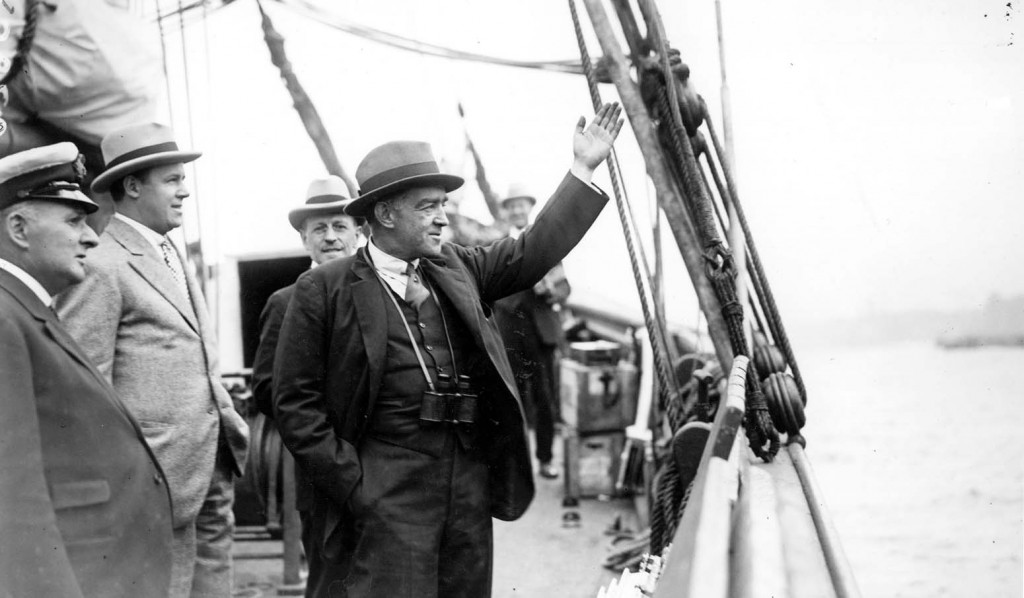 Sir Ernest Shackleton was born in Co. Kildare
Sir Ernest Shackleton was born in Co. KildareThat ship hit difficulties and became trapped by ice for 10 months, during which time its crew were forced to camp on the ice.
Shackleton led a small group of those men across 1,300 km of open ocean and the mountainous terrain of South Georgia in a bid to seek help and in doing so rescued each of the 27 members of his crew.
The explorer died aboard Quest, off the island of South Georgia in the South Atlantic, in 1922, on his fourth and final Antarctic expedition.
He was aged 47.
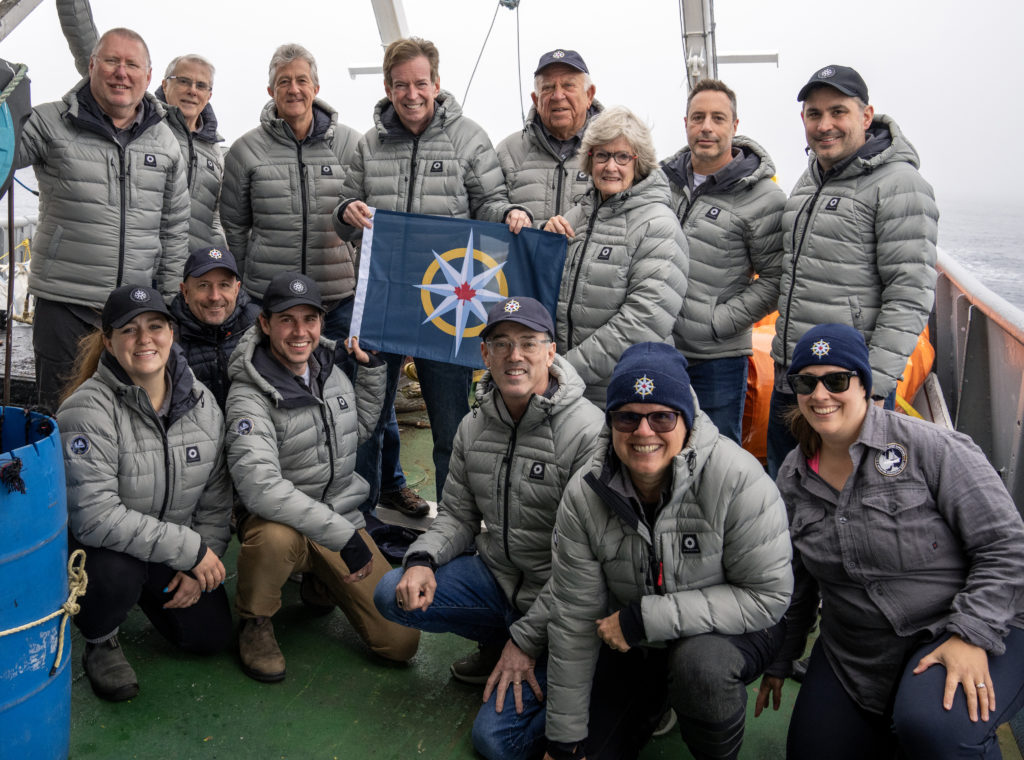 The Quest expedition team Compass Rose (Pics: RCGS)
The Quest expedition team Compass Rose (Pics: RCGS)This month the RCGS team launched their own expedition to find the remains of Quest, more than 100 years since Shackleton’s death and in the 150TH year since his birth.
Yesterday, the search team confirmed that the historic wreck had been located lying at a depth of 390m off the coast of Newfoundland and Labrador.
The schooner-rigged vessel was located five days into the search in the North West Atlantic using sonar equipment operated by experts from Memorial University’s Marine Institute.
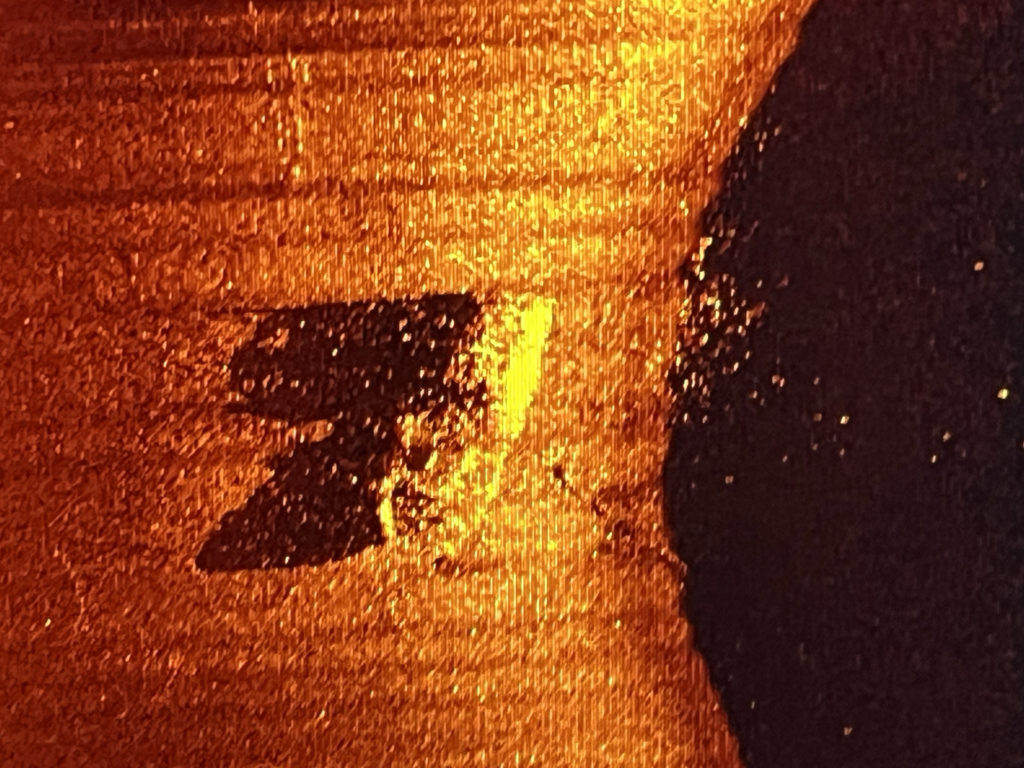 A sonar image of the Quest wreck (Pics: RCGS)
A sonar image of the Quest wreck (Pics: RCGS)Expedition Leader John Geiger led the international team of experts on the expedition, which included search director, the world-renowned shipwreck hunter David Mearns. Team members came from from Canada, the United Kingdom, Norway and the United States and included oceanographers, historians and divers.
“Finding Quest is one of the final chapters in the extraordinary story of Sir Ernest Shackleton,” said Expedition Leader John Geiger, CEO of the Royal Canadian Geographical Society.
“Shackleton was known for his courage and brilliance as a leader in crisis,” he added.
“The tragic irony is that his was the only death to take place on any of the ships under his direct command.”
 Antoine Normandin, Deputy Search Director, John Geiger, Expedition Leader and CEO, Royal Canadian Geographical Society, and search director David Mearns (Pics: RCGS)
Antoine Normandin, Deputy Search Director, John Geiger, Expedition Leader and CEO, Royal Canadian Geographical Society, and search director David Mearns (Pics: RCGS)Search Director David Mearns said the discovery was the result of painstaking work by the team, which included Antoine Normandin as his assistant and lead researcher.
They researched historic logs and maps, and cross referenced the historical data with modern technology to determine where the ship may have been located based on currents, weather conditions and other factors.
“I can definitively confirm that we have found the wreck of the Quest,” said Mearns.
“She is intact. Data from high resolution side scan sonar imagery corresponds exactly with the known dimensions and structural features of this special ship.
“It is also consistent with events at the time of the sinking,’ he added.
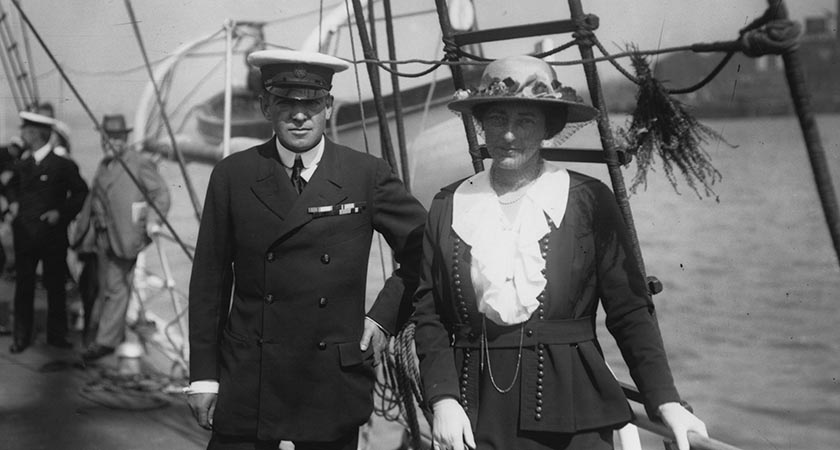 Sir Ernest Shackleton pictured with his wife Lady Emily Shackleton on board the Endurance at Millwall Docks in London before it left for the Antarctic in 1914
Sir Ernest Shackleton pictured with his wife Lady Emily Shackleton on board the Endurance at Millwall Docks in London before it left for the Antarctic in 1914Shackleton’s granddaughter, and expedition co-patron, Alexandra Shackleton, said it was her “dream” to find Quest.
“My grandfather, Sir Ernest Shackleton, had purchased Quest with the intention of leading a Canadian Arctic expedition,” she said.
“It is perhaps fitting that the ship should have ended its storied service in Canadian waters.
“I have long hoped for this day and am grateful to those who made this incredible discovery.”
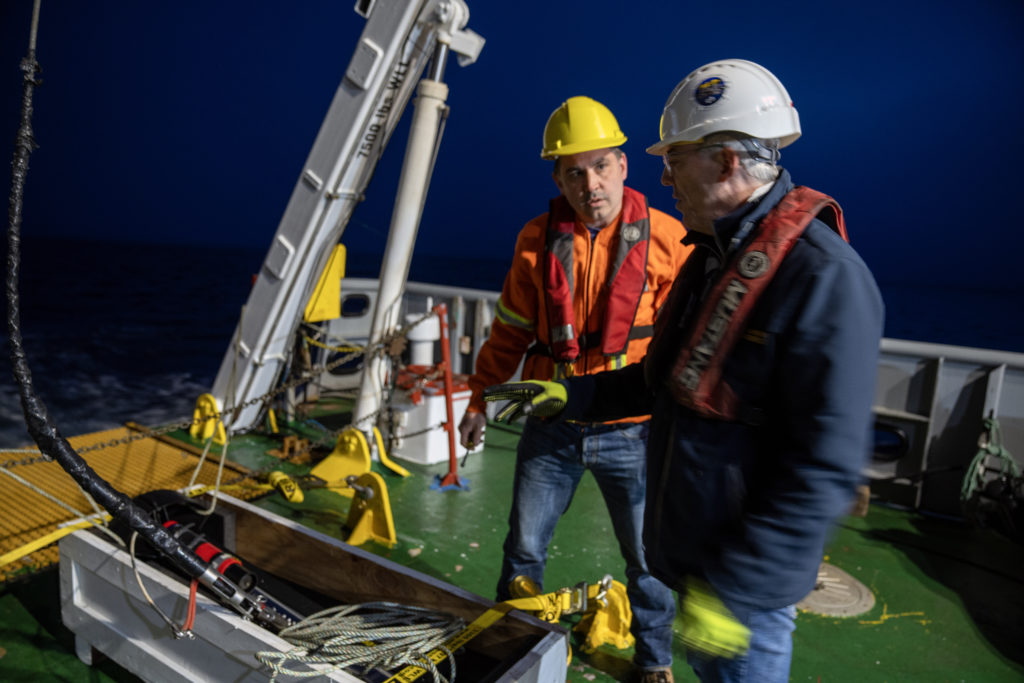 The team prepares to launch the side-scan sonar tow fish to search for Quest
The team prepares to launch the side-scan sonar tow fish to search for QuestThe expedition team included Jan Chojecki, grandson of John Quiller Rowett, the man who financed Shackleton’s final journey to the Antarctic.
Also on board was Norwegian Tore Topp whose family owned Quest from 1923 to 1962.
Martin Brooks, CEO of British expedition and apparel company Shackleton, said ths finidng this week marked an “important new chapter in the story of Ernest Shackleton and polar history”.
He added: “An iconic vessel, she marked the end of the heroic age of Polar Exploration. “It is an honour to have supported this historic discovery.”

